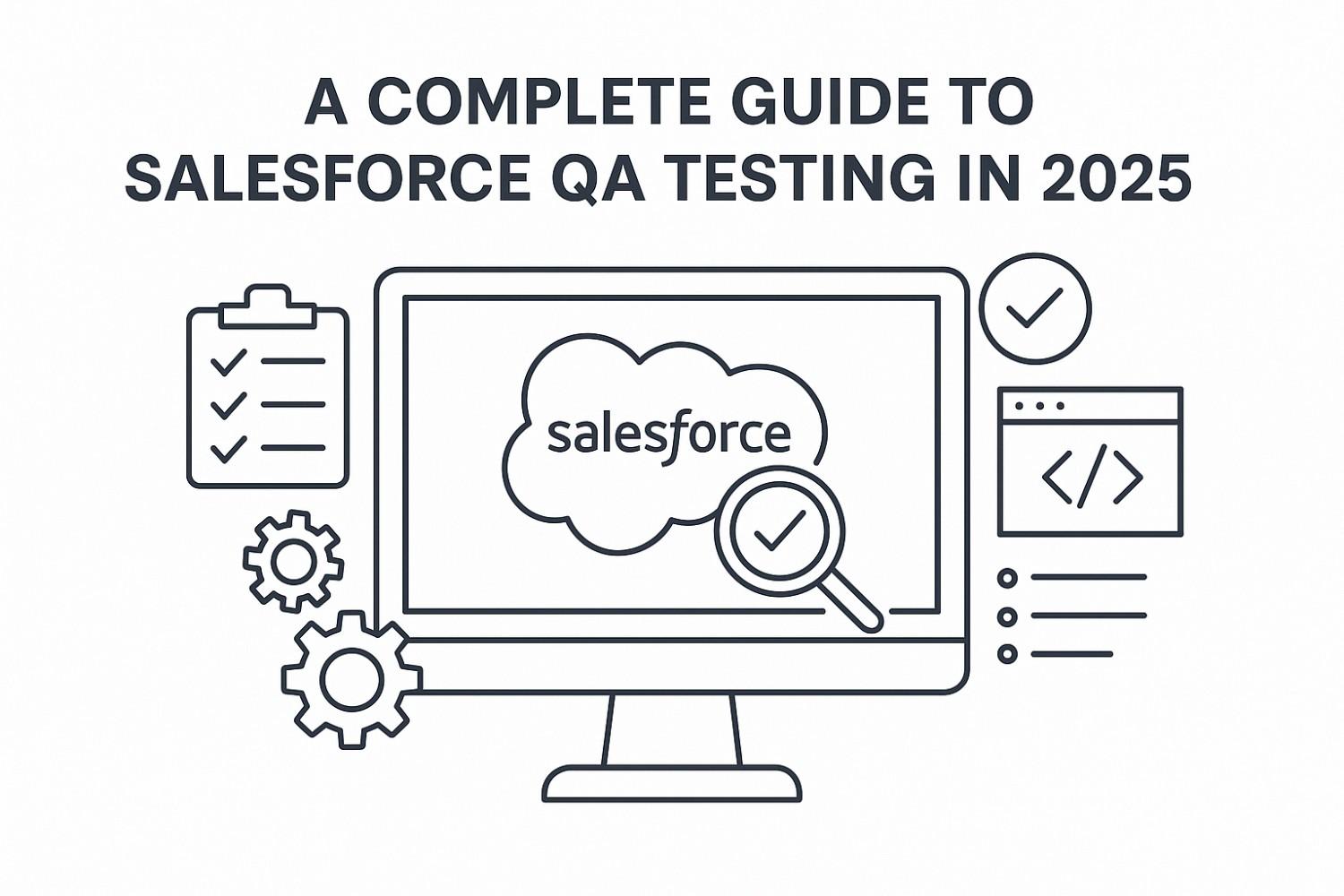If you’re in the business of transporting or storing food, you know the stakes are high. One wrong move—a spoiled shipment, a temperature glitch, or a contamination scare—can tank your reputation and cost you big time. ISO 22000 certification is like a shield for your food transportation or storage operation, ensuring safety, compliance, and customer trust. It’s not just a fancy certificate to hang on the wall; it’s a game plan for keeping food safe from point A to point B. Let’s unpack why this standard is a must-have for your business in 2025 and how it can make your operations smoother and more reliable.
ISO 22000: The Gold Standard for Food Safety
First off, what’s ISO 22000? It’s the international standard for food safety management systems (FSMS), designed to keep food safe across the supply chain—whether you’re hauling fresh produce or storing frozen goods. Think of it as a recipe for success: it combines hazard analysis, risk management, and clear procedures to ensure food stays safe and uncontaminated. For transportation and storage providers, it’s about proving your processes are airtight, from refrigerated trucks to warehouse shelves.
Why does this matter? Because food safety isn’t just a regulatory checkbox—it’s a promise to your customers. Whether you’re delivering to grocery chains or restaurants, they need to know their food is in good hands. ISO 22000 certification shows you’re not just moving boxes; you’re safeguarding quality and health. And in 2025, with consumers and regulators hyper-focused on safety, that’s a competitive edge you can’t ignore.
Why Food Transporters and Storage Providers Need This
You might be thinking, “We’ve got HACCP plans and follow FDA rules—do we really need another certification?” Fair question, but here’s the thing: ISO 22000 goes beyond basic compliance. It’s a holistic system that integrates hazard analysis and critical control points (HACCP) with management processes, ensuring every step of your operation—from loading docks to cold storage—is bulletproof. For food transportation and storage, where temperature control and cross-contamination risks are constant threats, this standard is a lifesaver.
Picture this: a refrigerated truck breaks down, and a shipment of dairy spoils. The client loses thousands, and your reputation takes a hit. ISO 22000 helps you prevent these nightmares by setting up systems to monitor equipment, train staff, and handle emergencies. It’s like having a GPS for food safety—keeping you on track, no matter the bumps in the road.
The Quiet Relief of Getting It Right
There’s something deeply satisfying about knowing your operation is rock-solid. No more sweating over surprise inspections or customer complaints. ISO 22000 certification gives you and your team the confidence to handle food safely, leaving you free to focus on growing your business. Who doesn’t want that kind of peace of mind?
What’s Involved in ISO 22000 Certification?
So, what does it take to get certified? It’s not about slapping a sticker on your trucks—it’s about building a robust FSMS tailored to your operation. Here’s a quick breakdown of the process:
- Hazard Analysis: Identify risks like temperature fluctuations, pest contamination, or improper handling.
- Critical Control Points (CCPs): Pinpoint where risks can be controlled, like monitoring cold chain temperatures.
- Procedures and Policies: Develop clear guidelines for everything from driver training to warehouse sanitation.
- External Audit: Partner with a certification body like SGS or Bureau Veritas to verify your system meets ISO 22000 standards.
The process sounds technical, but it’s really about making food safety second nature. It’s like teaching your team to cook a perfect dish—follow the recipe, check the ingredients, and you’ll serve up success every time.
Why Food Transportation and Storage Is a Perfect Fit
Your business lives and breathes logistics—moving food safely and storing it properly. ISO 22000 is tailor-made for you. Transportation and storage are critical links in the food supply chain, where even a small slip-up can lead to big consequences. A truck left idling too long or a warehouse with spotty pest control can spell disaster. This standard helps you lock in processes to prevent those risks.
Here’s a real-world example: a logistics company in Texas cut spoilage incidents by 30% after achieving ISO 22000 certification, thanks to better temperature monitoring and driver training. That’s not just a win for safety—it’s a win for the bottom line. Savings like that can fund new trucks or expand your warehouse, all while keeping customers happy.
The Benefits: Beyond Just Food Safety
Let’s talk about what you gain. ISO 22000 certification isn’t just about avoiding recalls—it’s about building a stronger, more trusted business. Here’s what’s in it for you:
- Customer Trust: Clients like Sysco or Walmart want partners they can rely on. Certification proves you’re serious about safety.
- Regulatory Compliance: Meet FDA, USDA, or international standards without breaking a sweat.
- Cost Savings: Fewer incidents mean less waste, fewer fines, and happier customers.
- Market Edge: Stand out in a crowded industry where safety is a top concern.
- Team Confidence: Well-trained staff feel empowered to do their jobs right.
And let’s not forget the feel-good factor. Being ISO 22000 certified means you’re helping keep food safe for families, restaurants, and communities. That’s something to be proud of, right?
Getting Started: Your Path to Certification
Ready to make this happen? The road to ISO 22000 certification is straightforward but requires commitment. Here’s a step-by-step guide to get you there:
- Assess Your Operation: Conduct a gap analysis to see where your processes need work. Tools like Foodoir can help.
- Build Your FSMS: Develop policies for handling, storing, and transporting food safely.
- Train Your Team: Use resources from providers like NSF or online platforms like Coursera for food safety training.
- Implement and Monitor: Roll out your system and track performance with tools like HACCP software or IoT sensors.
- Get Audited: Work with a certification body to earn your ISO 22000 seal of approval.
The process might take 6-12 months, depending on your operation’s size and complexity. But every step strengthens your business, making it more resilient and trusted.
A Quick Note on Costs
Here’s a slight contradiction: certification isn’t cheap, but it’s a bargain compared to the alternative. Upfront costs—like audits or training—might sting, but a single recall can cost millions in losses and legal fees. ISO 22000 helps you avoid those disasters, with many companies seeing a return on investment within 1-2 years. It’s like buying insurance—you hope you never need it, but you’re glad it’s there.
Overcoming Common Challenges
Let’s be honest: getting certified isn’t a walk in the park. You might face pushback from a busy team or a tight budget. Here’s how to tackle those hurdles:
- Time Crunch: Break the process into smaller steps. Start with a pilot project, like improving cold chain monitoring.
- Budget Concerns: Highlight the savings. Reduced spoilage and fewer fines add up fast.
Lead with enthusiasm. If you’re excited about ISO 22000, your team will catch that vibe. It’s like rallying a crew for a big delivery—get everyone pumped, and they’ll deliver their best.
Why ISO 22000 Matters in 2025
Food safety is under a microscope like never before. Consumers are demanding transparency, and regulators are cracking down with stricter rules (think FDA’s Food Safety Modernization Act). ISO 22000 isn’t just a nice-to-have; it’s a survival tool for transportation and storage providers. It shows you’re not just keeping up—you’re leading the pack.
Think about it: when was the last time you felt completely confident in your food safety processes? Certification makes that possible. It’s a proactive step that protects your business and your customers. In 2025, with supply chain disruptions and sustainability concerns on the rise, ISO 22000 is your ticket to staying ahead.
A Seasonal Spin on Food Safety
As we head into the fall of 2025, it’s a great time to tighten up your operations. Think of ISO 22000 as your back-to-school reset—a chance to prepare for the busy holiday season when food demand spikes. With perishable goods like turkeys and cranberries flooding the supply chain, a certified FSMS ensures you’re ready for the rush.
Wrapping It Up: Your Path to Food Safety Excellence
ISO 22000 certification isn’t just about avoiding trouble—it’s about building a business that’s trusted, efficient, and ready for the future. It’s about ensuring every shipment you handle or store is safe for the people who rely on it. So, what’s stopping you? Take the first step today, and watch your operation become a food safety powerhouse in 2025.




